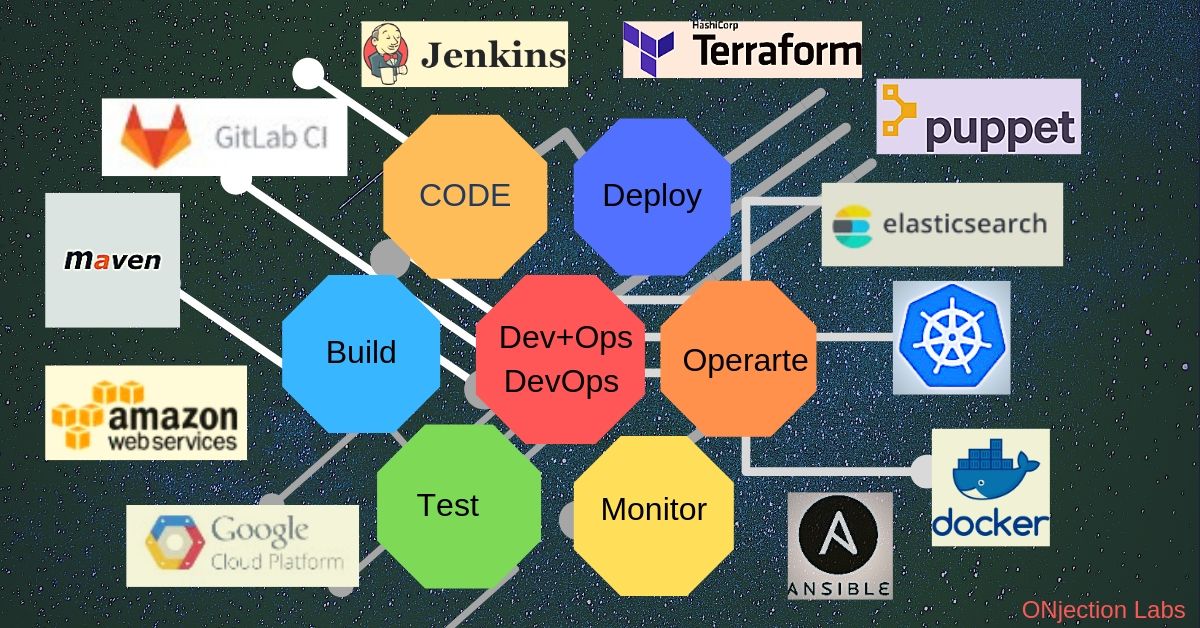· 4 min read · Plaintext Version
the importance of Continuous Integration and Deployment in DevOps
The following article is an except from my free ebook: Getting Started with DevOps. DevOps and CI/CD (Continuous Integration/Continuous Deployment) are closely intertwined and can help enterprises...

Table of Contents
Key Takeaways
- CI/CD automates building, testing, and deploying software, making the development process faster and more reliable.
- Frequent code integration helps catch issues early, improving software quality and reducing problem costs.
- Continuous Delivery (CD) ensures rapid and reliable software releases, minimizing downtime for end-users.
- Collaboration and automation are central to DevOps, breaking down silos and boosting team efficiency.
- Adopting CI/CD drives continuous improvement, helping teams deliver better software more consistently.
The following article is an except from my free ebook: Getting Started with DevOps.
DevOps and CI/CD (Continuous Integration/Continuous Deployment) are closely intertwined and can help enterprises streamline their software development process and improve their ability to deliver software quickly and reliably.
Whilst at a high level, DevOps is all about bringing development and operations teams together to work more closely and efficiently. It’s also about breaking down silos, improving communication and collaboration, and using automation to make the software development process as smooth and efficient as possible.
CI/CD is all about automating the process of building, testing, and deploying software. With CI/CD, teams can write code, test it, and deploy it to production all in one seamless process. This can help to catch bugs early on, improve the quality of the software, and speed up the delivery process.
The basic idea behind CI is that developers should commit their code changes to the version control system as often as possible, usually multiple times a day. This allows the rest of the team to see the changes and integrate them into the main codebase. Automated tools are then used to build, test and validate the software, which helps to catch any issues early on.
By integrating code changes frequently, teams can detect and fix issues early in the development process, before they become more difficult and costly to address. This helps to ensure that the software is of high quality and that it meets the needs of the end-user. CI also helps to promote collaboration and communication between different teams. By making code changes visible to everyone, it allows developers, testers, and other stakeholders to provide feedback and make suggestions for improvements.
📚
Download my ebook: Getting Started with DevOps. Totally free.
Continuous Delivery (CD) is a practice that often goes hand-in-hand with CI (often termed, CI/CD) and is an important aspect of the DevOps approach to software development. The goal of CD is to ensure that software is delivered to customers as quickly and reliably as possible.
The fundamental concept behind CD is to automate the process of building, testing, and deploying software. This allows teams to deliver new features and bug fixes to customers in a timely manner, without the need for manual intervention. By automating the delivery process, teams can ensure that software is deployed in a consistent and reliable way.
CD also helps to improve the quality of the software by automating the testing process. By running automated tests on the code as soon as it’s committed to the version control system, teams can catch any issues early on and ensure that the software is of high quality. CD also enables teams to deploy software faster and more reliably. By automating the process of building and deploying software, teams can ensure that software is deployed in a consistent and reliable way. This helps to minimize downtime and ensures that the software is always running at its best.
CI/CD allows teams to deploy software faster and more reliably. By automating the process of building and deploying software, teams can ensure that software is developed, tested and deployed in a consistent and reliable way. This helps to minimize downtime and ensures that the software is always running at its best.
Teams should encourage frequent code integration, automated testing and validation, collaboration and communication. This will result in a faster and more reliable deployment experience, and all of these elements combine to help teams to improve their software development process, drive continuous improvement and deliver better software.


